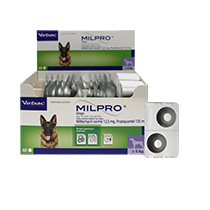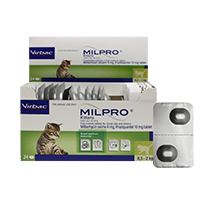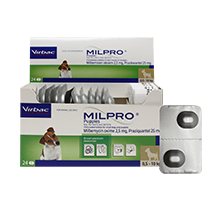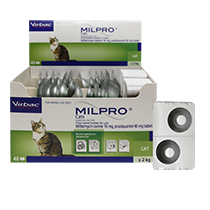
Flea infestations put both you and your pet at risk
When you think of fleas, you probably associate them with your pet. Fleas generally live on dogs, cats, other warm-blooded animals and birds because their fur and feathers make it easy to hide and reproduce. But fleas can also bite you, the pet owner.
95% of fleas In your house are not on your pet - they are living in your home environment. The presence of adult fleas is just the tip of the iceberg. There are actually many more flea eggs, larvae and pupa just waiting to become adults. Targeting only adult fleas is not at all effective. Long-term, effective flea control is best achieved by use of products that target flea adults and the immature life-cycle.
Perpetuating flea populations in the home environment increases the risk of exposure.
High flea infestation rates are common.1
- Peak infestation rates of more than 70 % have been reported in dogs and cats during the flea season1
- Feline flea infestations continue to be a threat year-round2
- Re-infestation is common, particularly in cats.
- Data has shown that although a very high percentage of pet owners treat for fleas, 30 % of cats are presented with flea infestations when seen by their vet
Infestation can spread harmful pathogens to pets and humans.
Flea Infestations can be the main source of tapeworm infections in your pets as well as your family. While fleas won't live on your body, you can still experience potential side effects. If you or an animal ingest a flea, it’s possible to get a tapeworm. Children may be more likely to accidentally ingest a flea. Emerging fleas from home infestations may bite and feed on humans, causing a potential immuno-allergic response. Close contact with an infested pet can spread the infestation through ingestion, primarily in children.
- Fleas can transmit a number of pathogens e.g. tape worms (Dipylidium caninum), as shown in the diagram below1
- Emerging fleas from home infestations may bite and feed on humans, causing a potential flea bite allergies.
- D. caninum, like other zoonotic agents, is easily spread through the environment
Treating your pets all year round for ticks and fleas is important. Ticks and fleas are present all year round, not just in the warmer months. Not only do your pets need to be treated but so does their environment and sleeping spaces. Following these steps on a regular basis will assist with keeping your pets and your home tick and flea free.
- Treat your pet for fleas and ticks all year-round, regularly
- All cats & dogs living in the same household should be treated
- Regularly wash pet bedding
- Vacuum all areas in your home - be sure to get below curtains, under furniture and where your pet sleeps as vacuuming can remove flea eggs. Don’t forget to wash you vacuum bag in hot water and soap after vacuuming.
- Clean your car, pet carrier, garage or any other areas where your pet spends time.
- Use an effective tick and flea treatment once a month. Make sure the flea treatment you use kills adult fleas and ticks and provides 3 months of protection against flea egg multiplication and larval development.
EFFIPRO® DUO Spot-on Solution has uniquely combined actives for optimal protection against ticks, fleas, and the immature life-cycle of fleas.
EFFIPRO® DUO is used to treat flea infestations in cats and dogs, and protects against the multiplication of fleas in the environment. Protect your pets from fleas and ticks, and from perpetuating flea invasions. EFFIPRO® DUO offers 3 months of protection against the multiplication of fleas in the environment! It contains an insect growth inhibitor which sterilises fleas and prevents the development of immature stages.
EFFIPRO® DUO
- Prevents the emergence of new fleas in the environment close to your pet.
- Broadens coverage to target key developmental steps within the flea life cycle
- Kills adult fleas and ticks
- Provides 3 months of protection against the immature life-cycle of fleas in the environment
Available from your local Vet or online Vet store.
Reference:
1. Halos L, Beugnet F, Cardoso L, et al. Flea control failure? Myths and realities. Trends Parasitol. . 2014;30(5):228–233.
THANK YOU FOR BEING A RESPONSIBLE PET OWNER




